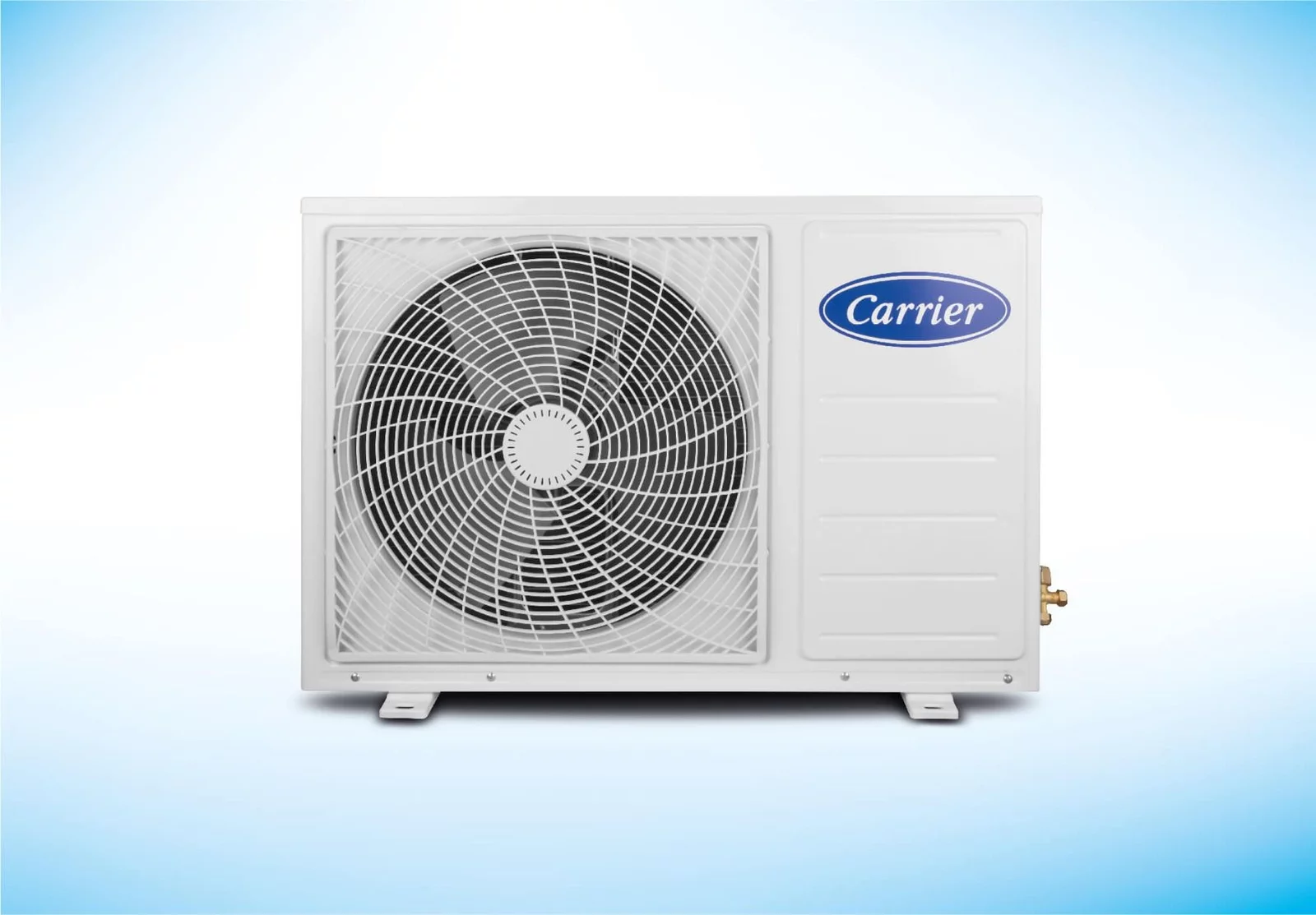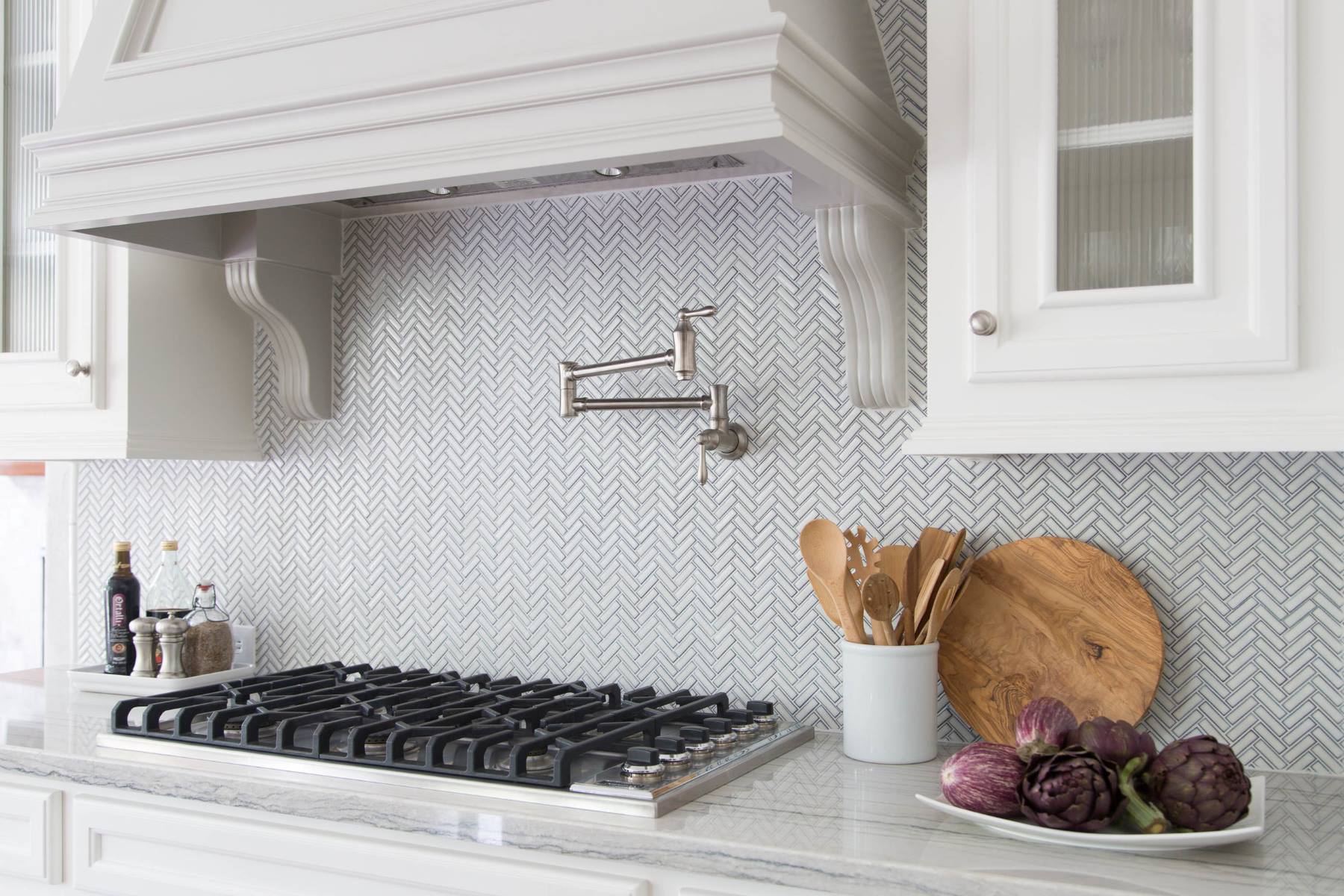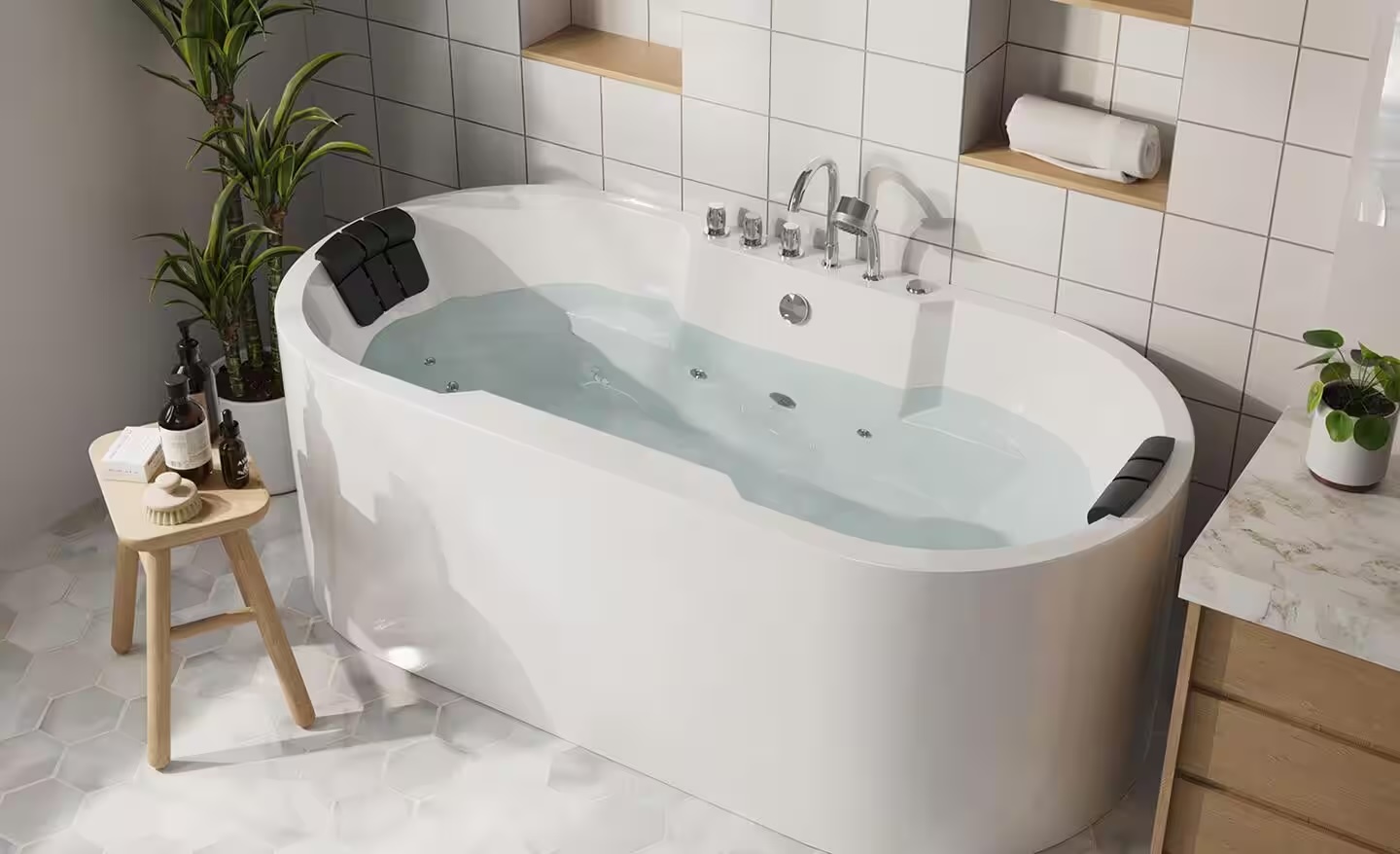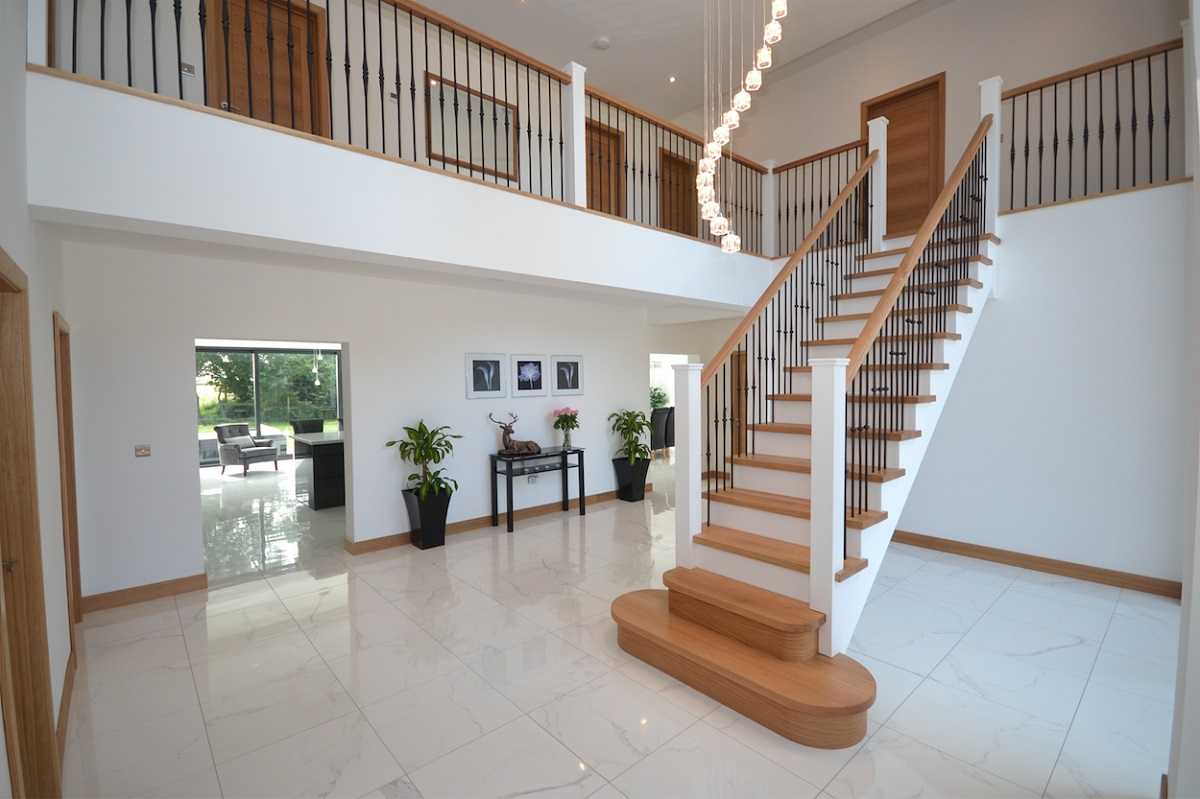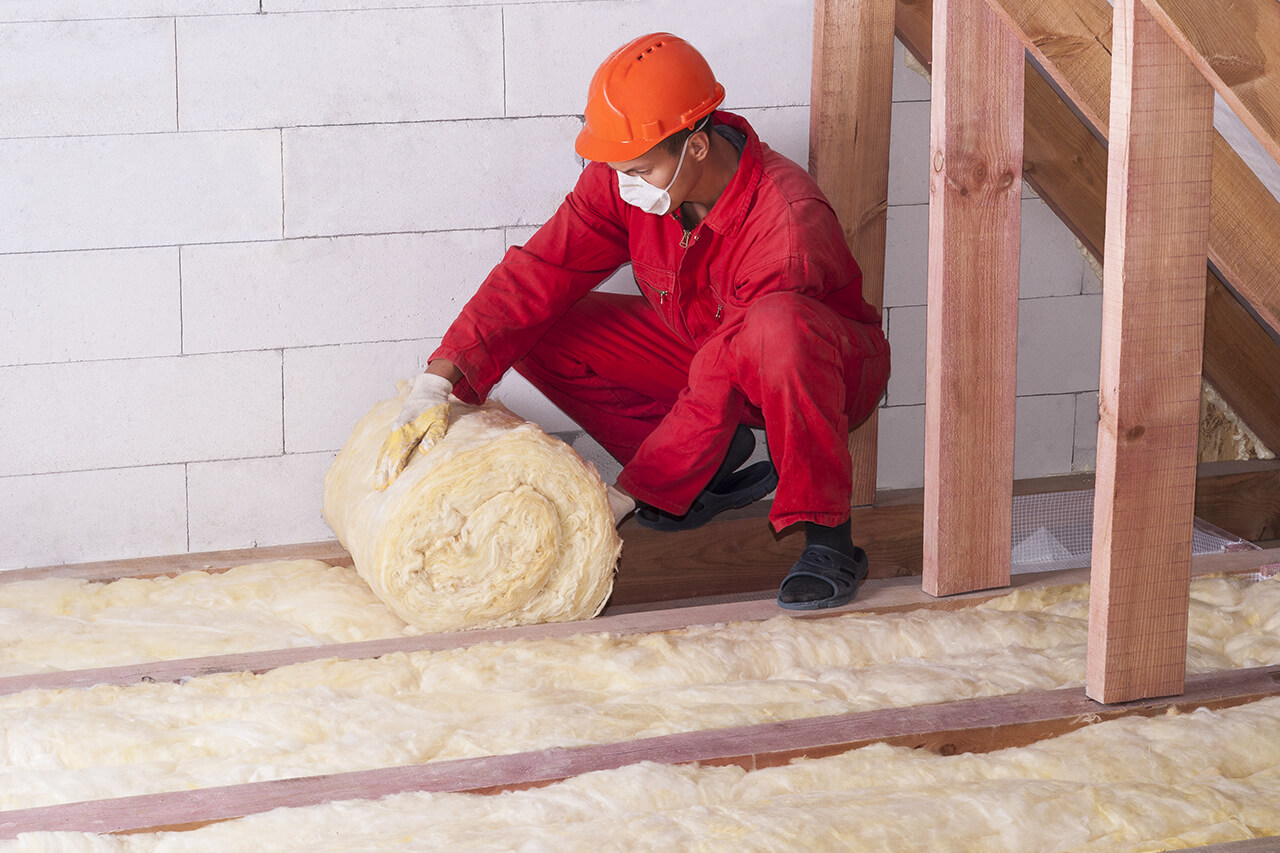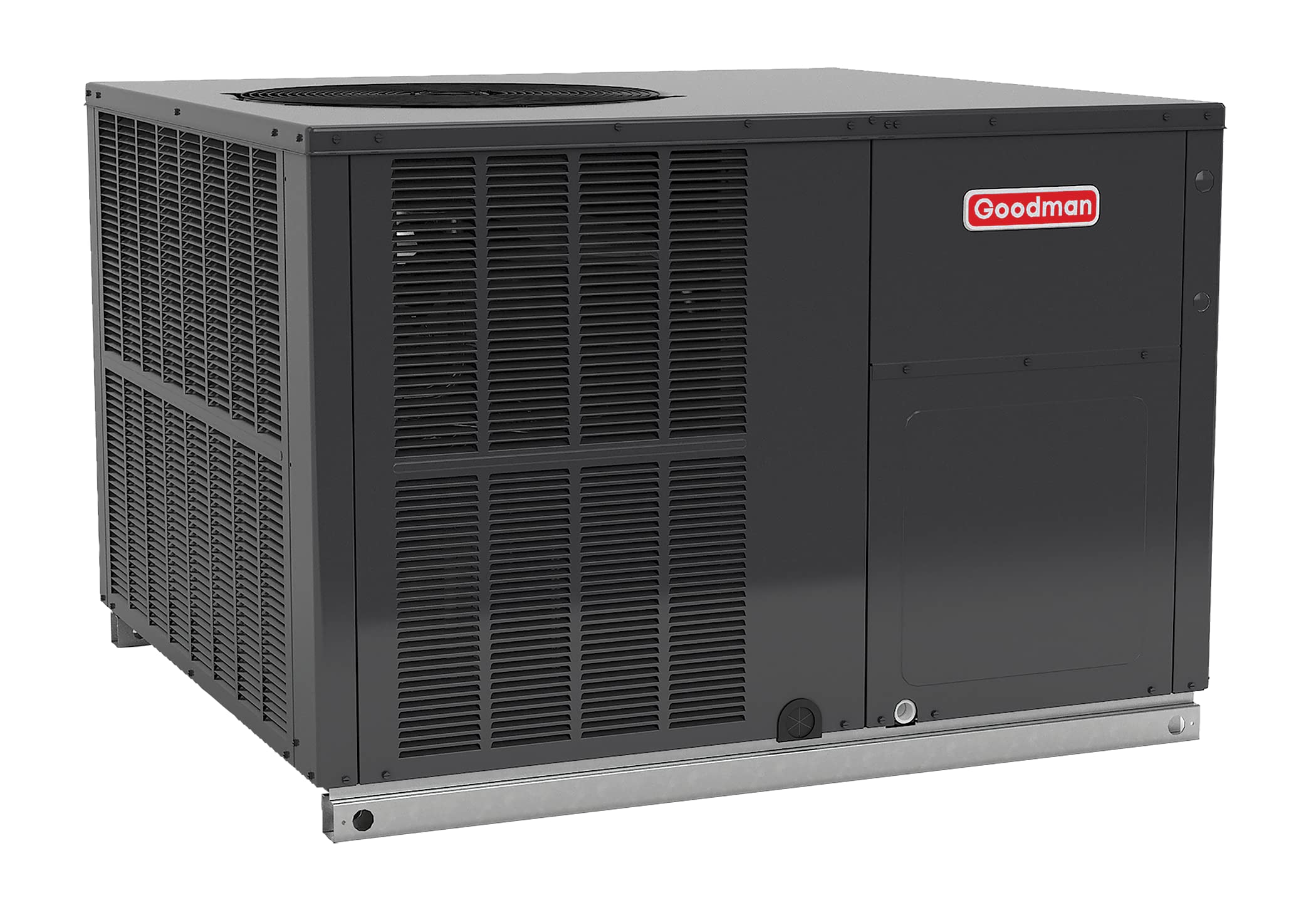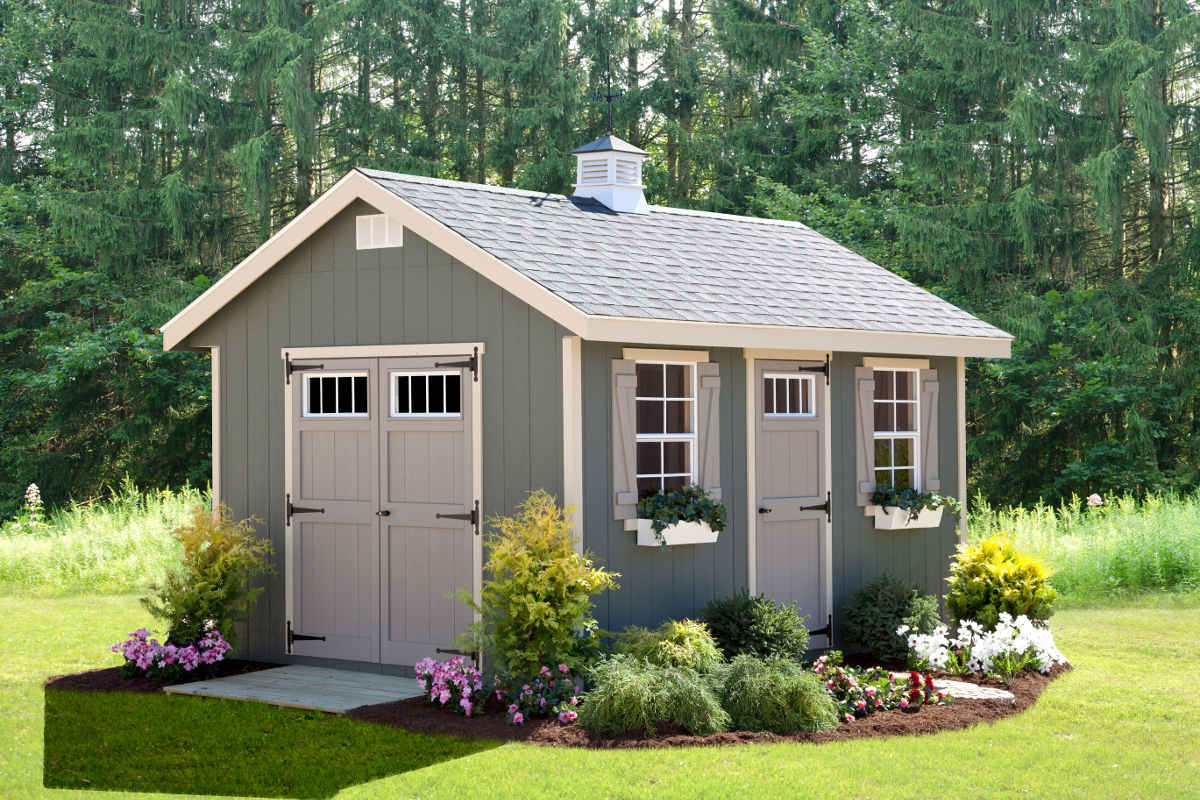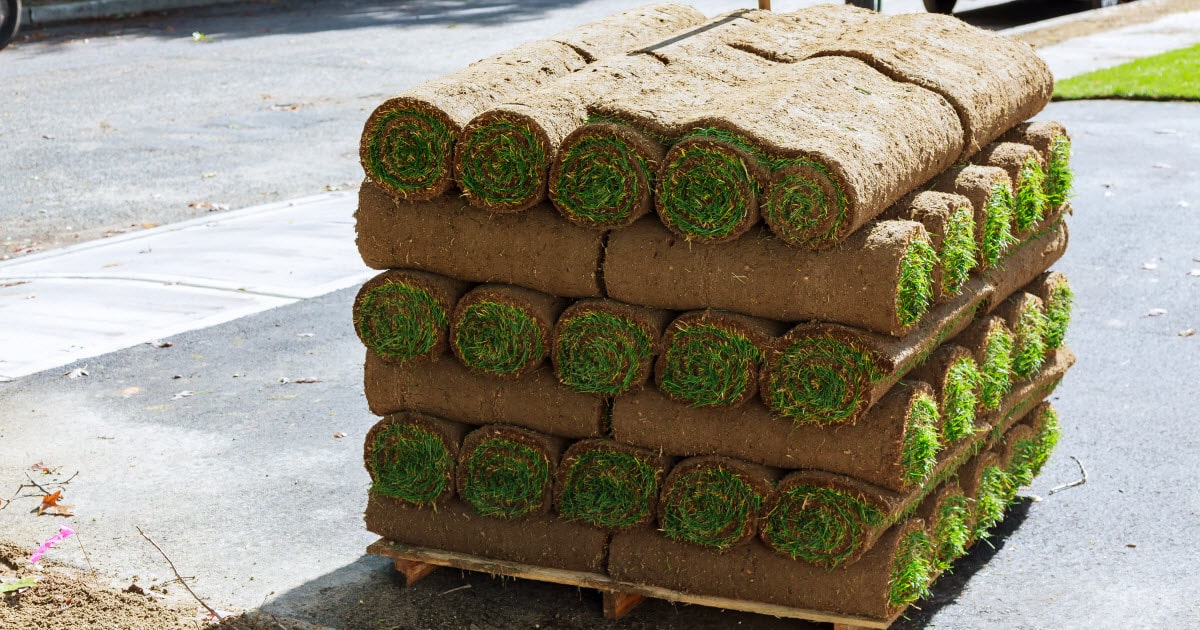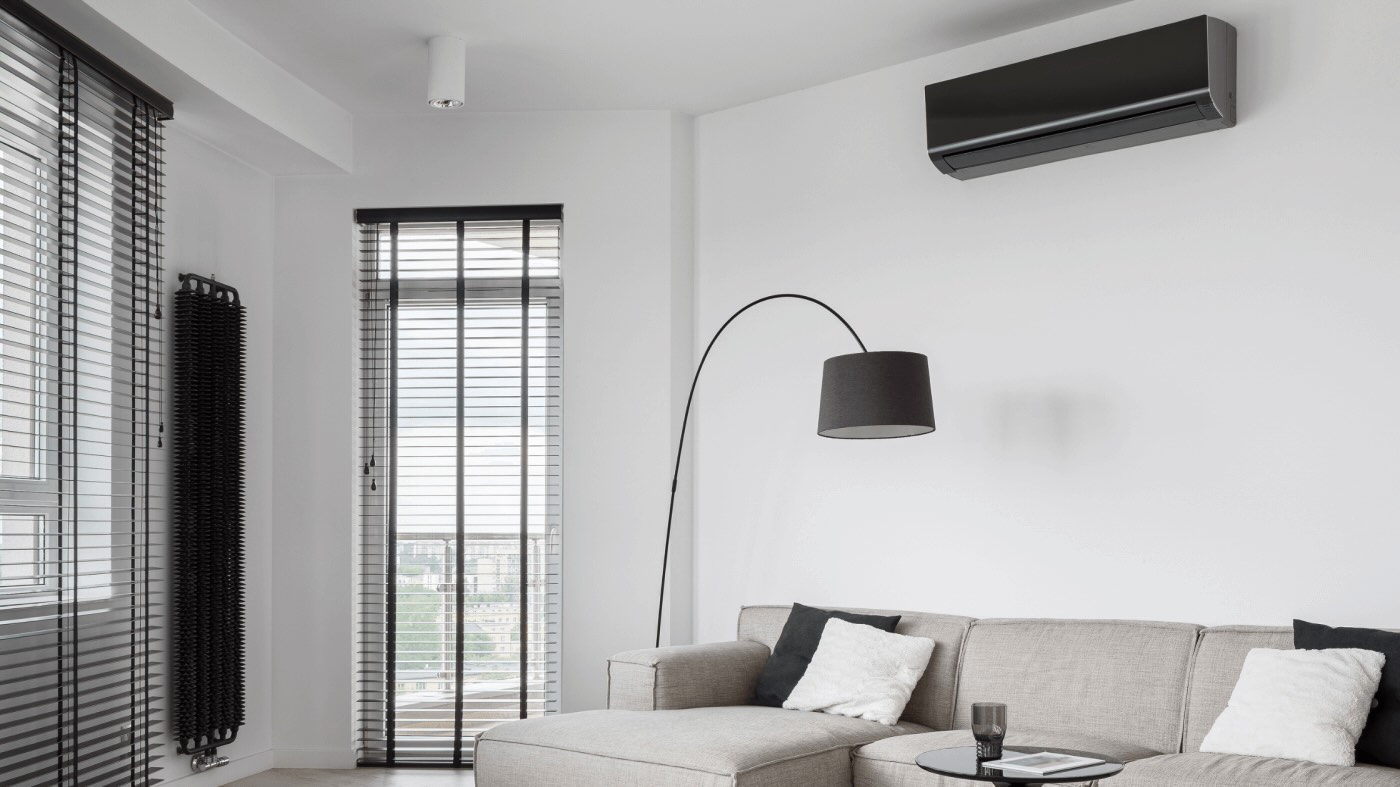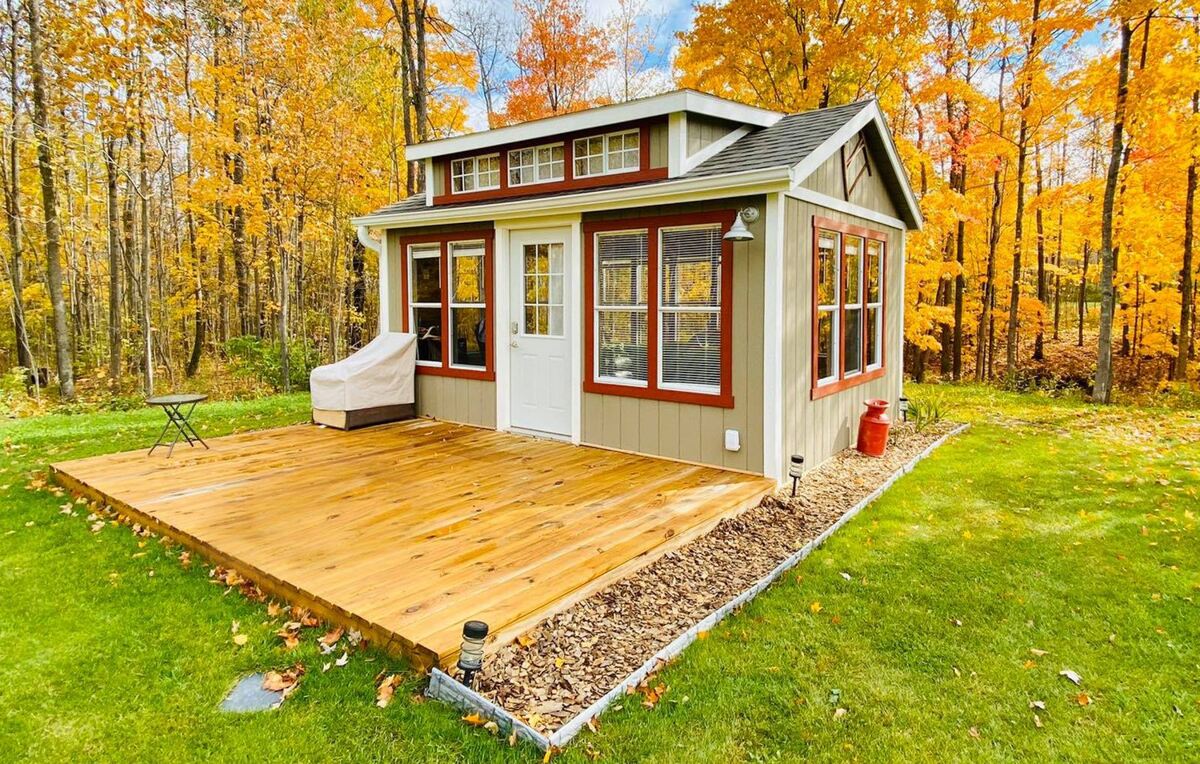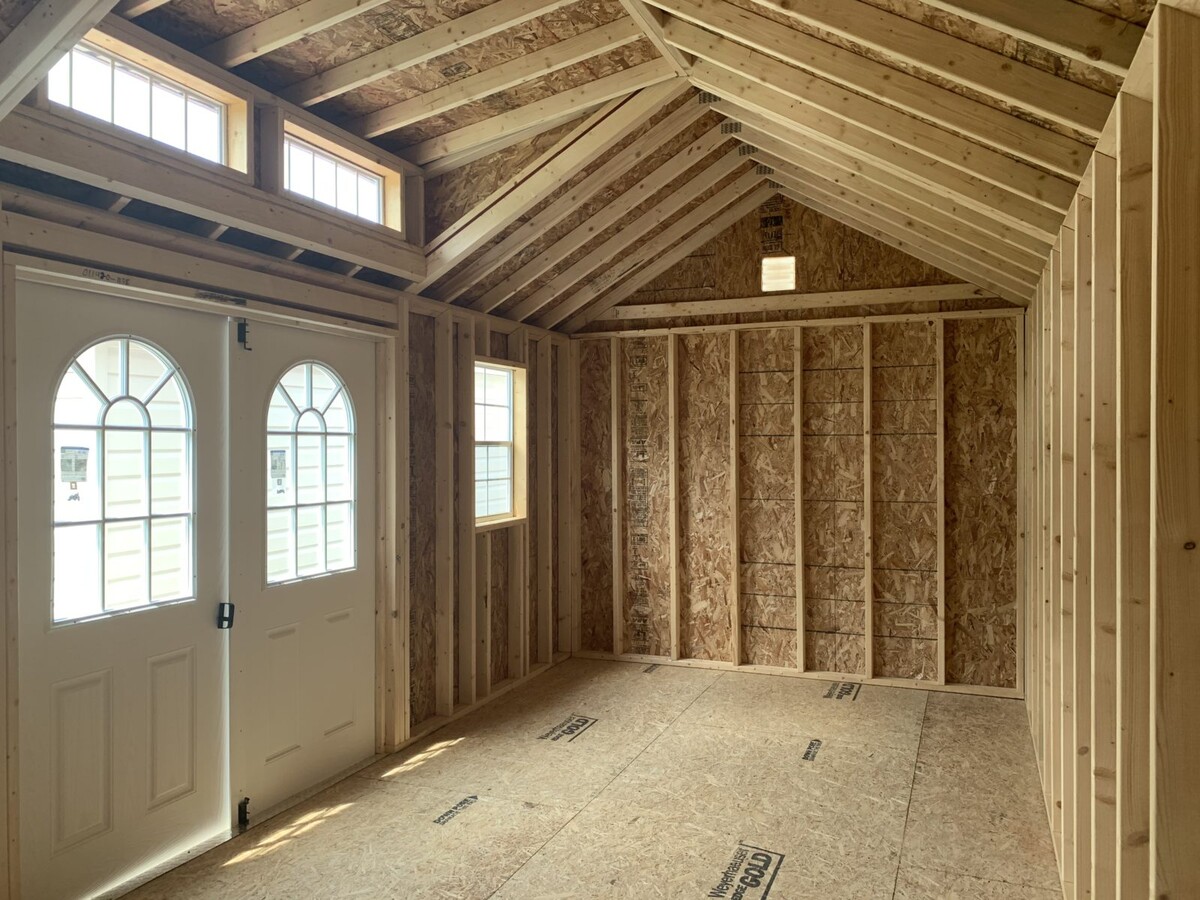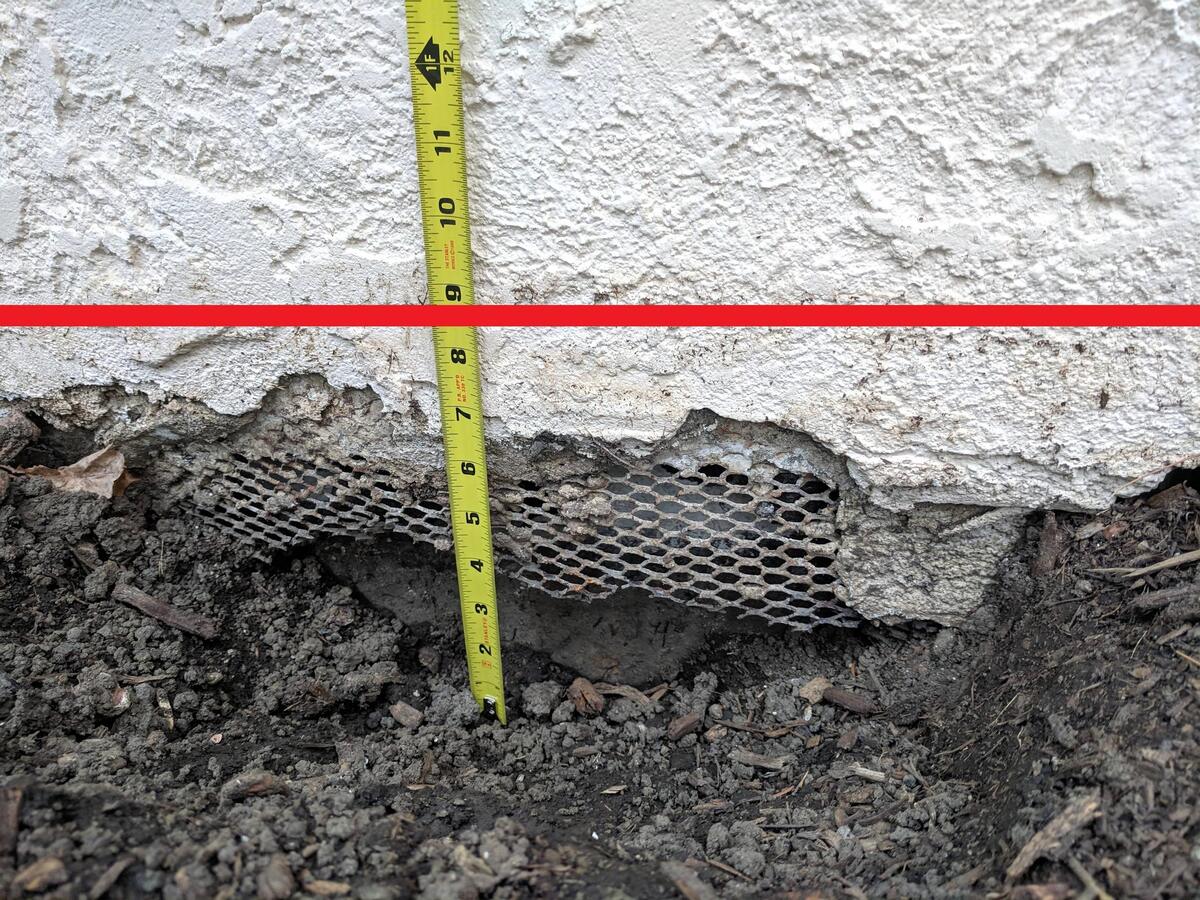Home>Home Maintenance>How Many Square Feet Will An 8000 BTU Air Conditioner Cool
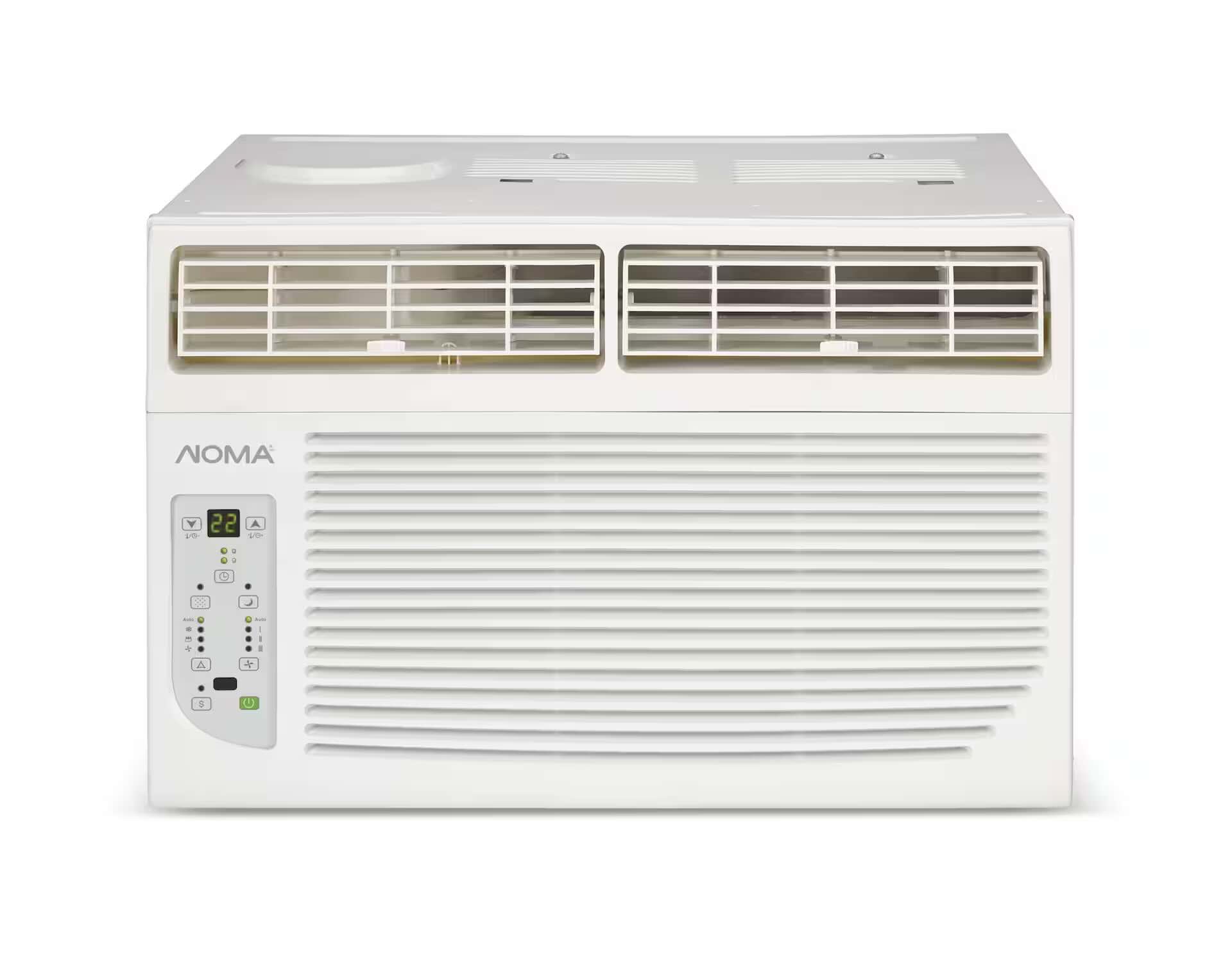

Home Maintenance
How Many Square Feet Will An 8000 BTU Air Conditioner Cool
Modified: October 20, 2024
Learn how many square feet an 8000 BTU air conditioner can cool and keep your home comfortable with this helpful home maintenance guide.
(Many of the links in this article redirect to a specific reviewed product. Your purchase of these products through affiliate links helps to generate commission for Storables.com, at no extra cost. Learn more)
Introduction
Welcome to the world of home maintenance, where taking care of your living space becomes a rewarding and fulfilling endeavor. One important aspect of maintaining a comfortable home is ensuring proper cooling, especially during the hot summer months. When it comes to cooling, having the right air conditioner for your space is crucial.
BTU, or British Thermal Unit, is a unit of measurement used to determine the cooling capacity of an air conditioner. The higher the BTU rating, the more powerful the air conditioner is and the larger the area it can effectively cool.
In this article, we will explore the concept of BTU and dive into the specific cooling capacity of an 8000 BTU air conditioner. By understanding the factors affecting cooling capacity and how to determine the ideal BTU for your space, you will be well-equipped to make informed decisions for a cool and comfortable home.
Key Takeaways:
- An 8000 BTU air conditioner can cool a room of 300-350 square feet, but factors like insulation and climate can affect its effectiveness. Consider these factors for optimal cooling.
- To maximize the efficiency of an 8000 BTU air conditioner, follow tips like proper placement, sealing air leaks, using fans, and setting the temperature wisely. These practices enhance comfort and minimize energy consumption.
Understanding BTU and Air Conditioner Cooling Capacity
To comprehend the cooling capacity of an air conditioner, it is important to first understand the concept of BTU. BTU, or British Thermal Unit, is a measurement used to determine the amount of heat energy required to raise the temperature of one pound of water by one degree Fahrenheit. In the case of air conditioners, BTU is used to indicate their cooling power.
The general rule of thumb is that the higher the BTU rating, the larger the area an air conditioner can effectively cool. However, it is important to note that cooling capacity is influenced by various factors that can affect its efficiency.
The cooling capacity of an air conditioner is determined by its ability to remove heat from the air in a given space. This is achieved by the unit’s refrigeration system, which circulates refrigerant and utilizes a compressor to cool the air.
When an air conditioner is rated at a specific BTU, it means that it can remove a certain amount of heat from the air in a given time, typically within an hour. The cooling capacity is measured in terms of square footage, indicating the maximum area the air conditioner can effectively cool.
However, it’s important to note that while BTU ratings provide a general guideline for cooling capacity, other factors can come into play, such as the insulation of the space, the number of windows, the height of the ceilings, and the local climate.
By understanding how BTU and cooling capacity are related, you can make informed decisions when selecting an air conditioner for your home. Considering other factors that affect cooling efficiency will help ensure optimal comfort and energy efficiency.
Factors Affecting Cooling Capacity
While the BTU rating of an air conditioner provides a general indication of its cooling capacity, it’s important to consider several factors that can influence its efficiency and effectiveness in cooling a space.
1. Insulation: The level of insulation in your space plays a significant role in maintaining cool temperatures. Good insulation helps prevent cool air from escaping and warm air from entering, allowing the air conditioner to work more efficiently. Poor insulation can lead to energy wastage and a decrease in cooling capacity.
2. Windows and Sunlight: The number and size of windows in a room can impact the cooling capacity of an air conditioner. Sunlight streaming through windows can heat up a space, making it harder for the air conditioner to cool effectively. Consider using window treatments such as blinds or curtains to filter sunlight and reduce heat gain.
3. Ceiling Height: The height of the room can affect the cooling capacity of an air conditioner. A higher ceiling means a larger volume of air that needs to be cooled, requiring an air conditioner with sufficient BTU to handle the additional space.
4. Climate: The local climate and outdoor temperature also play a role in determining the cooling capacity needed. Areas with hot and humid climates require air conditioners with higher BTU ratings to effectively cool the space.
5. Room Occupancy: The number of occupants in a room can generate heat, increasing the cooling load on the air conditioner. If a room is frequently occupied by multiple people, it may require an air conditioner with a higher BTU rating to maintain a comfortable temperature.
6. Heat-Producing Appliances: The presence of heat-generating appliances such as ovens, refrigerators, or computers can contribute to the cooling load. These appliances generate heat and can affect the overall cooling capacity of an air conditioner.
By considering these factors, you can assess the specific requirements of your space and select an air conditioner with the appropriate cooling capacity to ensure efficient and effective cooling.
Determining the Ideal BTU for Your Space
When selecting an air conditioner for your space, it is essential to determine the ideal BTU rating that will provide optimal cooling while ensuring energy efficiency. Here are some steps to help you calculate the appropriate BTU for your specific needs:
1. Calculate the square footage: Measure the length and width of the room and multiply these dimensions to find the total square footage. For example, a room that is 10 feet by 12 feet would have a square footage of 120 square feet.
2. Consider the factors: Take into account the factors that can impact cooling capacity, such as insulation, sunlight exposure, ceiling height, climate, room occupancy, and heat-generating appliances. Adjust the BTU requirement based on these factors:
- If the room is well-insulated and receives minimal sunlight, reduce the BTU requirement by 10-15%.
- If the room is poorly insulated or receives significant sunlight, increase the BTU requirement by 10-15%.
- If the ceiling height is above 8 feet, add an additional 10-15% to the BTU requirement for each foot of additional height.
- In extremely hot and humid climates, increase the BTU requirement by 10-20%.
- If the room is frequently occupied by multiple people, add 600 BTU for each additional person beyond two.
- If there are heat-generating appliances, add their estimated heat output to the BTU requirement.
3. Adjust for multiple rooms: If you are cooling multiple rooms with an open floor plan or connected spaces, calculate the total square footage of all the rooms combined and select an air conditioner with a BTU rating suitable for that total area.
4. Find the appropriate BTU range: Using the calculated BTU requirement, refer to a BTU cooling capacity chart provided by the manufacturer or consult with a professional to determine the appropriate BTU range for your space.
By following these steps and considering the unique characteristics of your space, you can select an air conditioner with the ideal BTU rating that will provide efficient cooling and optimal comfort for your home.
An 8000 BTU air conditioner can cool a room of about 300-350 square feet. Make sure to consider factors like ceiling height and insulation when choosing the right size AC for your space.
How Many Square Feet can an 8000 BTU Air Conditioner Cool?
An 8000 BTU air conditioner is a popular choice for cooling small to medium-sized rooms. The cooling capacity of an air conditioner is usually measured in terms of square footage, indicating the maximum area it can effectively cool. So, how many square feet can an 8000 BTU air conditioner cool?
On average, an 8000 BTU air conditioner can cool a space ranging from 300 to 350 square feet. However, it’s important to consider the factors that can affect cooling capacity, such as insulation, ceiling height, and the climate in your area. These factors can impact the efficiency and effectiveness of the air conditioner in cooling a space.
If your room has good insulation, minimal sunlight exposure, and an average ceiling height, an 8000 BTU air conditioner can comfortably cool a room of approximately 300 to 350 square feet.
However, if your room has poor insulation, receives significant sunlight, or has a higher ceiling height, the cooling capacity may be slightly reduced. In such cases, it’s advisable to choose a higher BTU rating or consider using additional cooling units to ensure optimal comfort.
It’s also worth noting that the local climate plays a role in determining the cooling capacity needed. In hot and humid climates, an 8000 BTU air conditioner may not provide sufficient cooling for a larger space. In these scenarios, it’s recommended to consult with a professional or consider a higher BTU air conditioner to effectively cool the area.
Remember that these numbers are general estimates, and it’s always best to consider the unique characteristics of your space before purchasing an air conditioner. Inspect the insulation, consider the room’s square footage, height, and any factors that may affect cooling efficiency to ensure you select the right BTU rating for your needs.
By understanding the approximate square footage an 8000 BTU air conditioner can cool and taking into account the specific conditions of your space, you can make an informed decision to keep your home comfortable during those hot summer days.
Tips for Efficient Cooling with an 8000 BTU Air Conditioner
To ensure optimal cooling and energy efficiency with your 8000 BTU air conditioner, here are some valuable tips to follow:
1. Proper Placement: Position the air conditioner in a central location within the room for maximum airflow. Avoid placing furniture or other objects that may obstruct the airflow and hinder the cooling process.
2. Seal Air Leaks: Check for any air leaks around windows, doors, and vents. Use weatherstripping or caulking to seal these leaks and prevent warm air from entering and cool air from escaping, improving the efficiency of the air conditioner.
3. Use Fans: Utilize ceiling fans or portable fans in conjunction with the air conditioner to enhance airflow and distribute cool air evenly throughout the room. Fans can help reduce the workload on the air conditioner while maintaining a comfortable temperature.
4. Set Temperature Wisely: Set the air conditioner to a moderate and comfortable temperature. Opting for a lower temperature than necessary can strain the unit and consume more energy. Aim for a temperature between 72-78 degrees Fahrenheit for optimal comfort and energy efficiency.
5. Utilize Programmable Thermostats: Consider using a programmable thermostat to automatically adjust the temperature when you are away or during sleeping hours. This allows the air conditioner to operate more efficiently and saves energy by reducing unnecessary cooling when the room is unoccupied.
6. Maintain Regular Cleaning: Keep the air conditioner clean and free from dust and debris. Regularly clean or replace the air filters to ensure proper airflow and efficiency. Dirty filters can restrict airflow, reduce cooling capacity, and strain the unit.
7. Control Sunlight: Use shades, curtains, or blinds to block direct sunlight from entering the room, especially during peak hours. Sunlight can heat up the space and make it harder for the air conditioner to cool effectively.
8. Minimize Heat Sources: Turn off or minimize the use of heat-producing appliances such as ovens, stoves, and dryers when the air conditioner is in use. These appliances contribute to the overall heat load in the room, making it harder for the air conditioner to cool efficiently.
9. Proper Insulation: Ensure that the room has adequate insulation to prevent cool air from escaping and warm air from entering. Proper insulation helps maintain a consistent and comfortable temperature, allowing the air conditioner to perform optimally.
10. Regular Maintenance: Schedule regular maintenance and inspections for your air conditioner. This includes professional cleaning, checking refrigerant levels, and ensuring all components are in good working condition. Regular maintenance will prolong the lifespan of the unit and ensure efficient cooling performance.
By following these tips, you can optimize the cooling efficiency of your 8000 BTU air conditioner, enhance comfort, and minimize energy consumption. Stay cool and enjoy a refreshing atmosphere in your home, even on the hottest days of the year!
Conclusion
Maintaining a cool and comfortable home is essential for our well-being, especially during the scorching summer months. Understanding the cooling capacity of an air conditioner is crucial in ensuring that you select the right unit for your specific needs.
By grasping the concept of BTU and considering the factors that influence cooling capacity, you can make informed decisions when choosing an air conditioner. Factors such as insulation, sunlight exposure, ceiling height, climate, room occupancy, and heat-generating appliances all play a role in determining the ideal BTU for your space.
An 8000 BTU air conditioner can typically cool a room ranging from 300 to 350 square feet. However, it’s important to account for the unique characteristics of your space, such as insulation quality and local climate, to ensure optimal cooling and energy efficiency.
To maximize the cooling effectiveness of your 8000 BTU air conditioner, follow some simple tips. Proper placement, sealing air leaks, using fans, setting temperature wisely, utilizing programmable thermostats, maintaining regular cleaning, controlling sunlight, minimizing heat sources, ensuring proper insulation, and scheduling regular maintenance are key practices for efficient cooling.
By implementing these tips, you can create a cool and comfortable environment while minimizing energy consumption. Remember to strike a balance between comfort and energy efficiency to ensure a sustainable and enjoyable cooling experience.
As you embark on your home maintenance journey, take pride in the knowledge and insights you’ve gained about air conditioner cooling capacity. With the right information and strategies, you can create a comfortable and inviting space no matter the temperature outside.
Stay cool, stay comfortable, and enjoy the refreshing coolness of your well-chosen and efficiently operated 8000 BTU air conditioner!
Frequently Asked Questions about How Many Square Feet Will An 8000 BTU Air Conditioner Cool
Was this page helpful?
At Storables.com, we guarantee accurate and reliable information. Our content, validated by Expert Board Contributors, is crafted following stringent Editorial Policies. We're committed to providing you with well-researched, expert-backed insights for all your informational needs.
